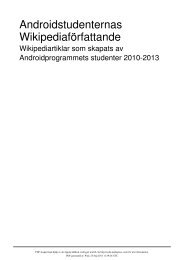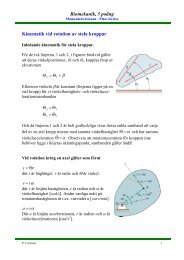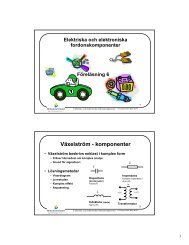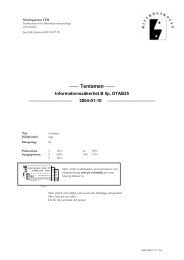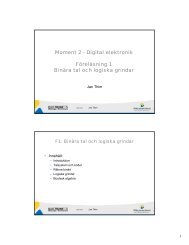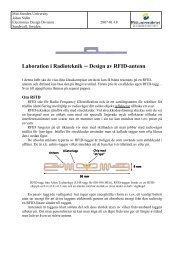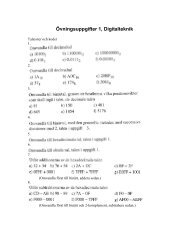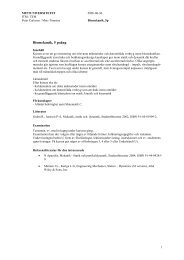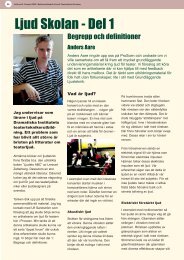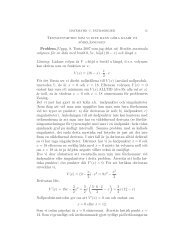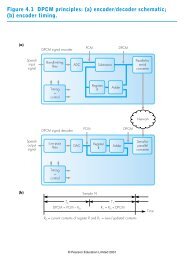Discrete Mathematics with Programming
Discrete Mathematics with Programming
Discrete Mathematics with Programming
Create successful ePaper yourself
Turn your PDF publications into a flip-book with our unique Google optimized e-Paper software.
1 The Context<br />
Nowadays many universities throughout the world are widening participation and are frequently<br />
admitting students <strong>with</strong> a very limited mathematical background to technical or scientific programmes<br />
of study requiring substantial mathematical skills. A plethora of broad, introductory<br />
mathematics courses at basic level have thus emerged in recent years to cater for the needs of<br />
such students. These courses must train the students in the basic mathematical skills of arithmetic<br />
and algebra and acquaint them <strong>with</strong> the more advanced mathematical concepts required<br />
for their programmes of study. The range of new topics that need to be mastered is often quite<br />
large as students start from a low level and so they must follow a very steep learning curve. The<br />
course Diskret matematik för yrkeshögskoleutbildning (DMY) is such a broad first year mathematics<br />
course. Delivery is for distance students only enrolled on the vocational programme<br />
Nätverksdrift/webbapplicationsutveckling 120hp at ITM. DMY is delivered and owned by NAT.<br />
This report is organised as follows. Section 2 discusses the problems <strong>with</strong> the chosen course:<br />
high drop-rates, the limited resources available for course development and unhappy students.<br />
The current status of the project work packages is outlined in Section 3. Extensive details of the<br />
e-learning tools developed are given in Section 4 and finally Section 5 presents our conclusions<br />
including pointers to future developments.<br />
2 The Problem<br />
Prior to the <strong>Discrete</strong> <strong>Mathematics</strong> <strong>with</strong> <strong>Programming</strong> project the DMY course had been a major<br />
cause of concern not only for the course lecturer Pia Heidtmann (PH), but also for the programme<br />
manager Nayeb Maleki (NM). The vocational programme Nätverksdrift/webbapplicationsutveckling<br />
had an extremely low pass rate, and the DMY course was identified as a contributor to this<br />
<strong>with</strong> its very high drop-out rate and only a handful of students passing the course each year in<br />
spite of a good intake rate.<br />
Course evaluations did not have a sufficient uptake among the students to form a statistically<br />
sound basis for a formal study of the reasons behind the failing course. Through extensive<br />
informal discussions <strong>with</strong> the students, emails received and messages exchanged on discussion<br />
forums, it came to light that the underlying issue <strong>with</strong> DMY was a combination of students<br />
<strong>with</strong> a very weak mathematical background and insufficient motivation due to an inability to<br />
comprehend the relevance of mathematical topics in their programme of study. Most students<br />
seemed to perceive the course not only as being impossibly hard but also completely detached<br />
from their other courses.<br />
Based on the feedback from the students, PH identified key areas where new materials and<br />
approaches seemed to be appropriate in order to create a better student experience. She had<br />
initiated a major overhaul of the course material in 2007 and had revised the course plan to<br />
2



